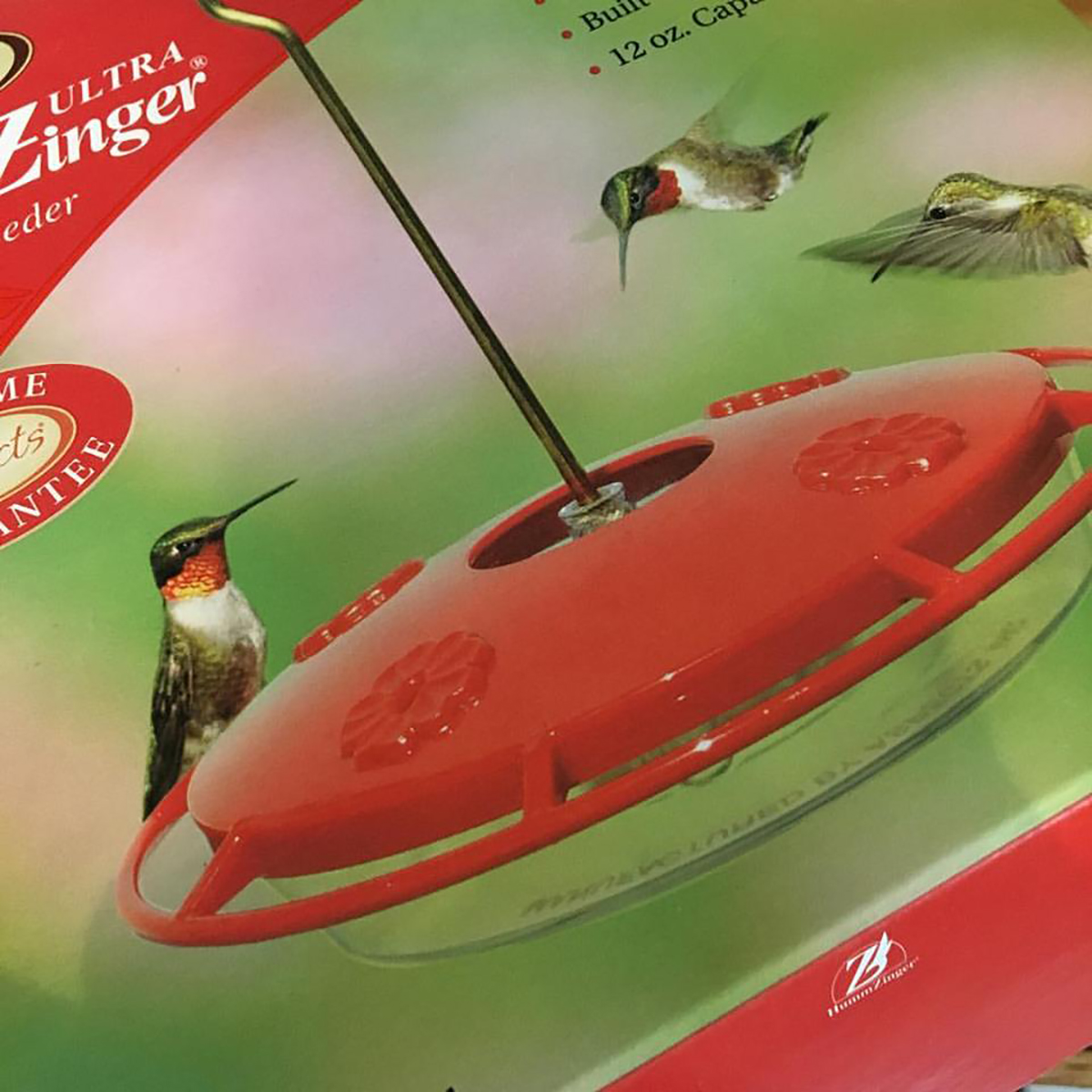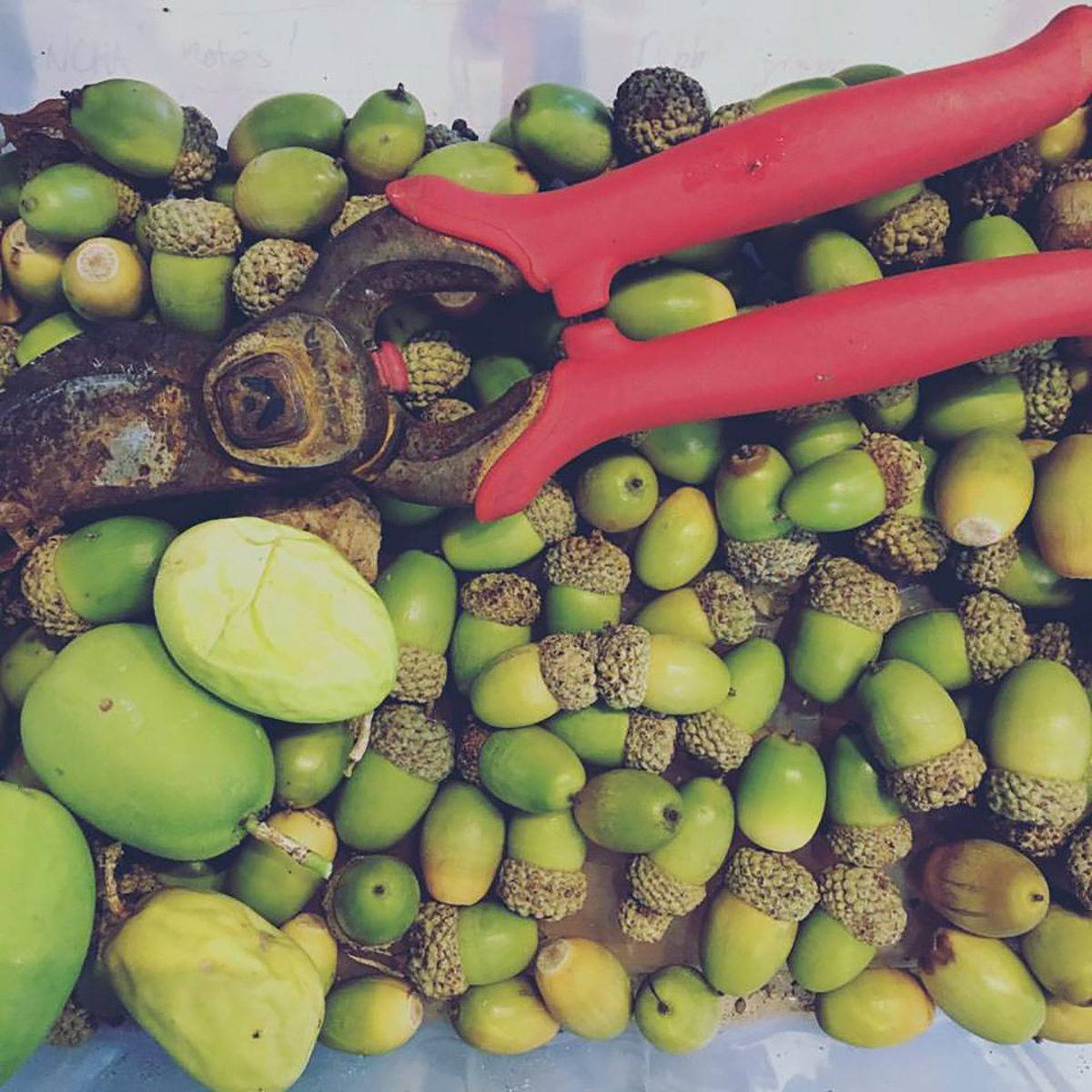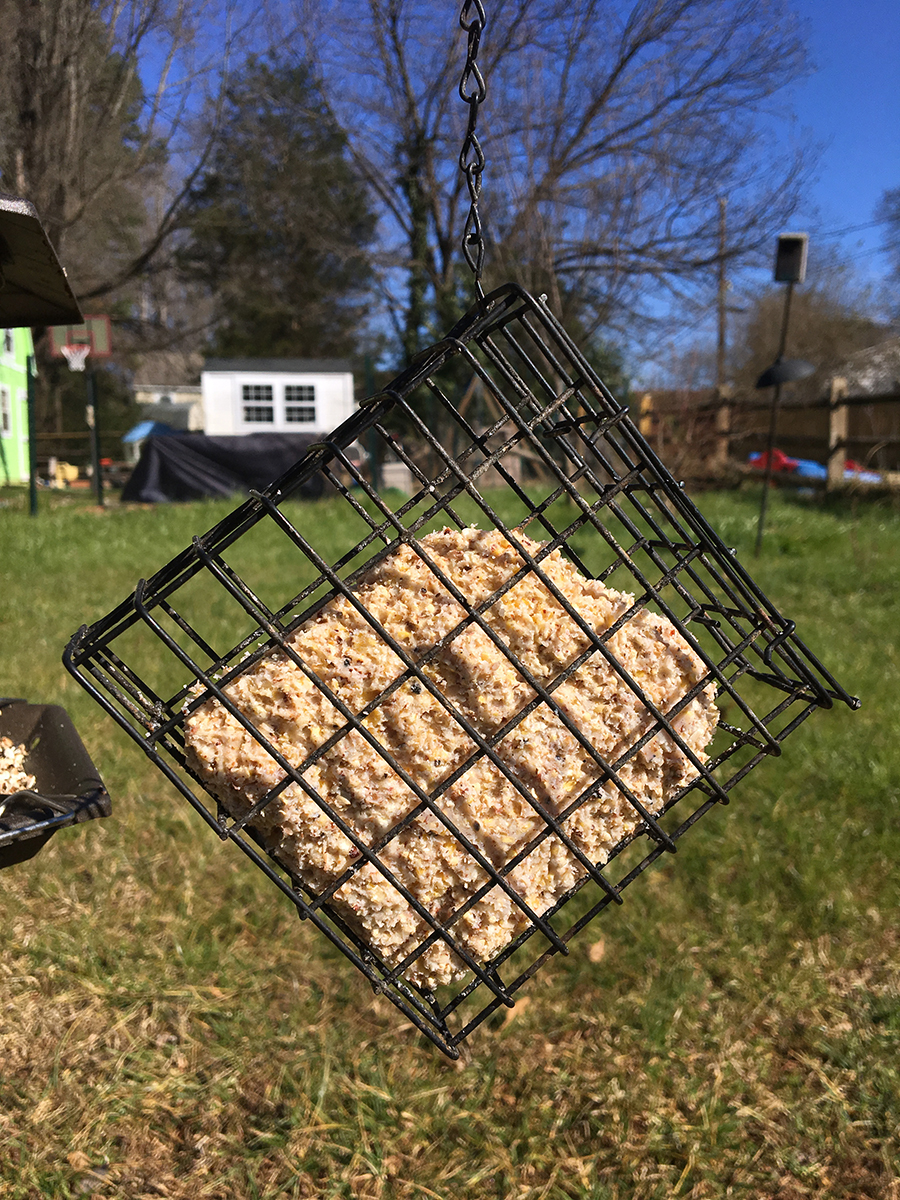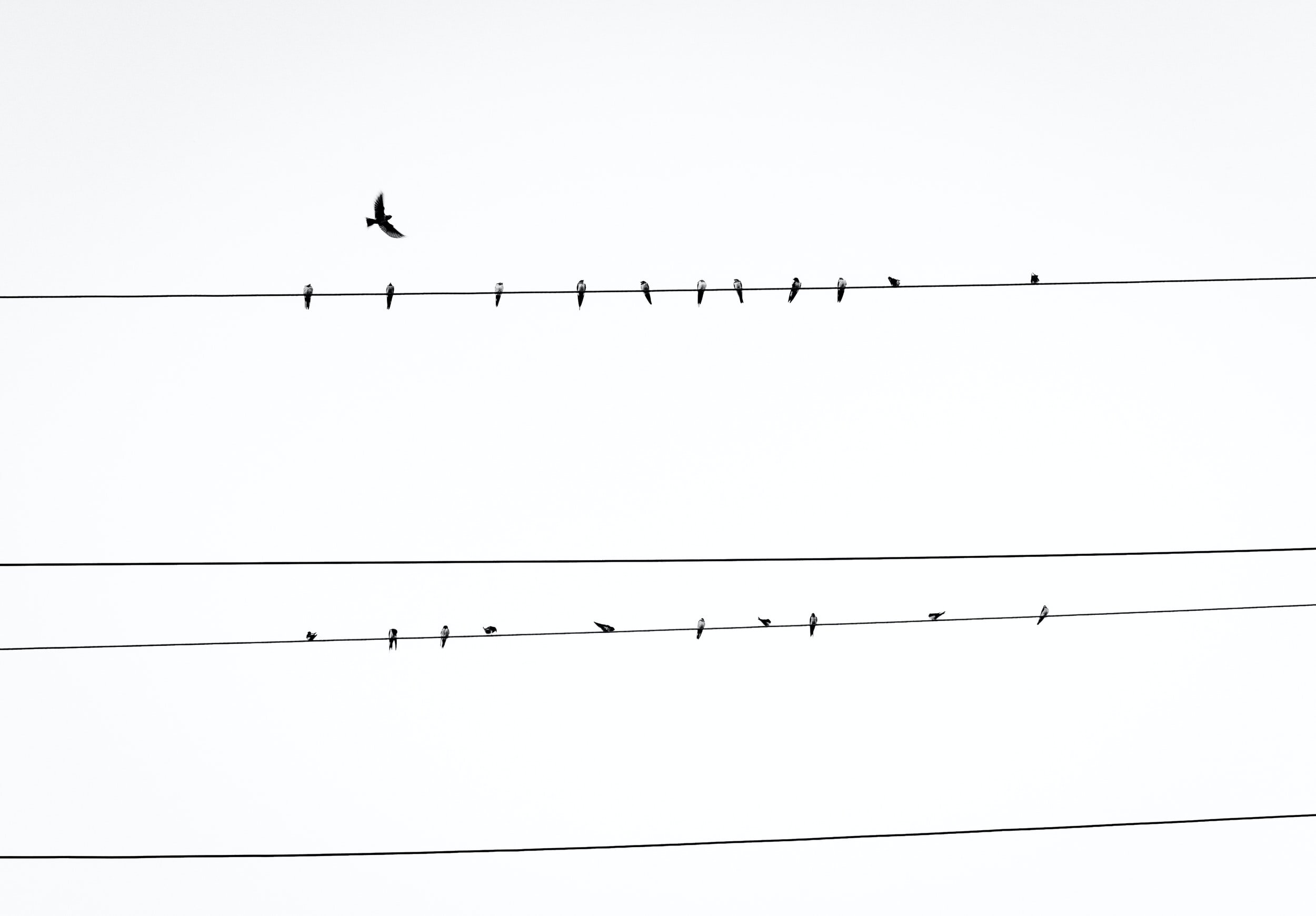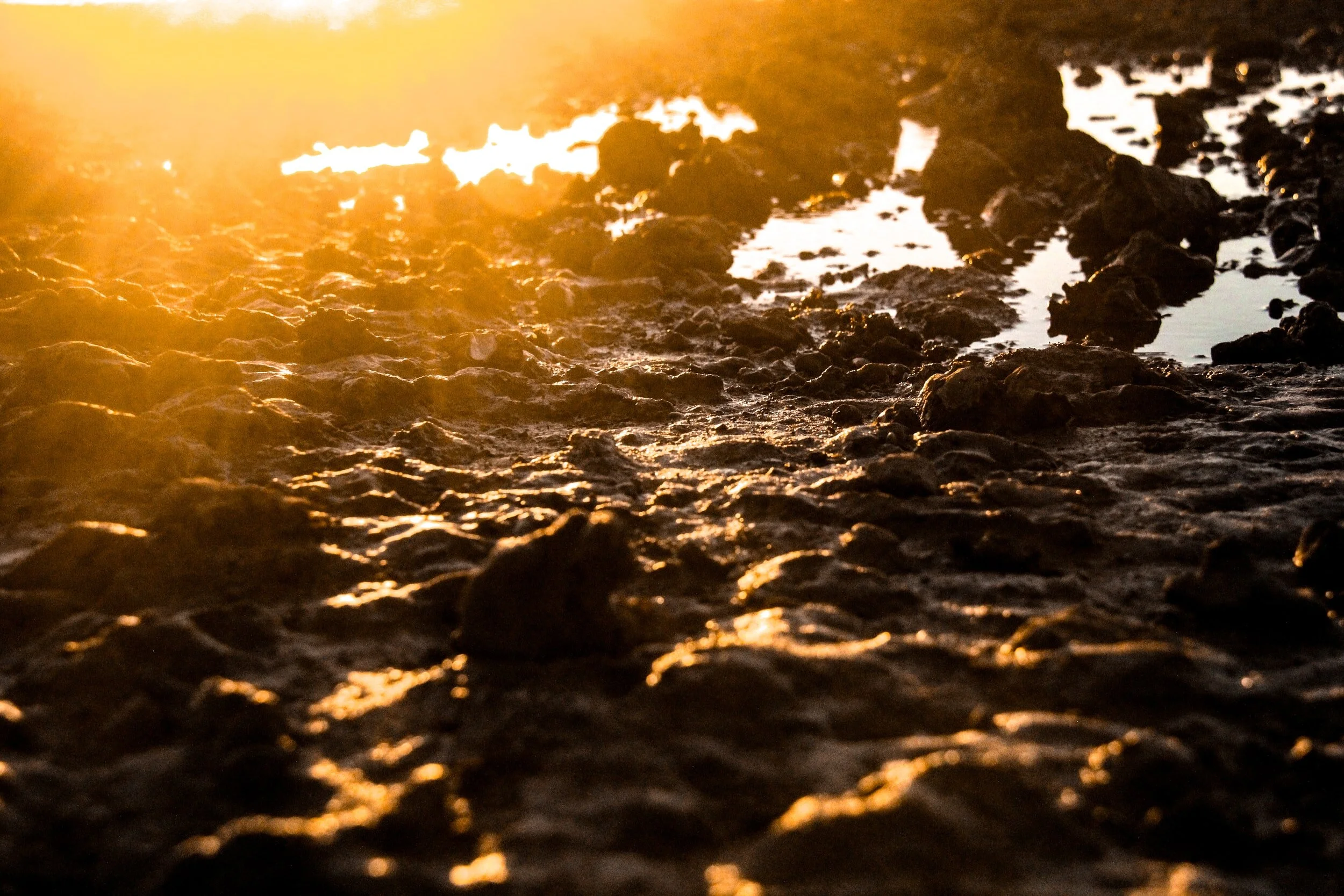It's time to have THE TALK again! The everysnakeisnotacopperhead talk. The don’tgoaroundkillingsnakes talk. The snakesarebeneficialtotheenvironment talk.
I saw a report recently from a local news station, talking about snakes being seen more frequently and that we have six venomous species in North Carolina.
My experience has been that it doesn't take a lot to send folks off the deep end when it comes to snakes, and a lot of beneficial snakes end up being killed as a result.
So let's talk snakes!
If you want a really good resource, buy a copy of Peterson Field Guide to Reptiles and Amphibians of Eastern and Central North America, 4th edition. I found used copies on Amazon for around $11 and new ones for about $13. This science-based book tells how to identify snakes, provides pictures, and has range maps showing where different species are found.
Did you know NC is home to about 40 species of snakes? That's a lot! The information that people really want to know about is how many are venomous (poisonous is not the correct term to use). The answer to that is six. How many of those are in this area? Only one. Yep, the copperhead is the only venomous snake we have here.
So let's talk about copperheads. If you know what they look like, some of their habits and how to avoid being bitten you don't have to be so afraid of them. And we'll look at what you can do if you have a snake of any kind in your yard.
According to the book, copperheads are the most common venomous snake in most parts of our state. I spotted one on a sandbar in the creek on the greenway just last Sunday, and I've seen several over the years on my weekly walk.
“Copperheads are in the pit viper family, with a heat-sensing pit located between and slightly lower than the eyes and the nostrils. This helps them locate warm-blooded animals as they are hunting for food.
”
Identifying copperheads
What do they look like? At maturity they are around three feet in length. According to Grover Barfield, Director of Carolinas Reptile Rescue and Education Center, baby copperheads can be a grayer shade of brown color when born and juveniles have a pale yellow to bright yellow to lime green tail, which they wiggle to attract prey. The tail stays that color for around a year. Copperheads usually have a Hershey kiss, or hourglass, pattern from the neck to near the end of the tail. Like many animals there can be a variation in coloring and patterns. The head is somewhat triangular and the eyes usually have a vertical pupil, but in low light conditions at night they can be more round. You probably don't want to get close enough to see that, but it's easy to see with binoculars. By the way, Barfield says that a Google search of copperhead photos does not provide reliable information for our area. Instead he recommends the Peterson’s Field Guide discussed above.
Copperheads are in the pit viper family, with a heat-sensing pit located between and slightly lower than the eyes and the nostrils. This helps them locate warm-blooded animals as they are hunting for food. They will eat mice, insects, frogs and small birds. One of their favorite insects are emerging cicadas, they can and will climb trees and shrubs to capture and eat them.
Don't want copperheads in your yard? Eliminate potential habitat, like wood piles and other places to hide, and keep the grass cut short so that you can see them. Be extra careful when you start moving pieces of wood around. Copperheads, and lots of other snakes, will vibrate their tail against an object as a warning. They also release a musk that Barfield describes as smelling something like a male cat sprays to mark his turf. Some resources describe it as a cucumber smell.
It's not unusual to see these snakes basking on rocks or pavement, absorbing the warmth. They can be seeing during the day or at night. According to Barfield, their habitat is "being destroyed at an exponential rate," so it's no wonder that we see them.
According to Greg Stringer, a NC Damage Control agent and local volunteer who relocates snakes, avoid using glue traps and netting. All kinds of animals are trapped in those materials. Also, moth balls and Snake Away aren't effective in deterring snakes from coming onto your property.
Now for some really useful information. How can you avoid being bitten?
First, if you see a copperhead, leave it alone. They do not chase people, as I've heard more than once. More people are bitten trying to kill or move the snake. so simply walk away. Cornering a snake is never a good idea, as you leave it few options.
Wear gloves when you're gardening and avoid reaching into or under something when you can't see what's there. Leaf litter provides good camouflage for copperheads, making it very difficult to see them.
Next, don't walk around in your yard barefoot after dusk. Remember those heat-sensors we talked about earlier? The snake doesn't differentiate between your foot and a mouse. It senses heat and strikes. So put your shoes on and use a flashlight!
What happens if you are bitten?
Adult snakes may elect to release the entire venom load, or inject a partial load, or deliver a dry bite which releases no venom. You may have heard that the venom of juveniles is more potent, but that is not true. Juveniles can control the amount venom injected just as adults do. However, they have smaller venom glands and therefore don’t have the same amount of venom as adults.
Don't buy into those old legends that say to cut the area and suck out the venom - not true and not helpful! Also, don't use a tourniquet or ice; these can cause a lot of damage. Just head for the hospital. While copperhead bites are painful, there are very few deaths resulting from them on an annual basis, and those result from pre-existing health conditions. Animals which are bitten require immediate veterinary treatment
When you see a copperhead, what do you do?
And now for the last bit of information that I bet you're going to find very useful. Let's say you spot a copperhead (which you can now reliably identify). What are your options?
You can do nothing. Trying to capture or kill a venomous snake puts you at risk. Simply move away.
You can squirt them with a strong stream of water from a safe distance.
If you have children and animals you may not love those ideas. There are people you can call who will come and relocate the snake for you. That includes both venomous and nonvenomous snakes, both of which have a place in the environment. Here are a couple:
Greg Stringer (336-212-1673) - Greg volunteers his services. He asks instead that you make a donation in his name to Carolina Waterfowl Rescue (cwrescue.org).
Jay Bell - Jay is a former Animal Control officer who has an educational business called Reptiles 101. He charges $25 for calls in Union County and $40 for surrounding counties. He can be reached at 704-906-7524 or you can message him on Facebook at Reptiles 101.
Want more resources on snakes? Here are some good ones: Name That Snake, Herps of NC, Carolina Herp Atlas, and NC Snake Identification & Education Group on Facebook.
This concludes my sometimes annual article on snakes. I hope you found it educational and useful. Maybe, just maybe, someone is now interested in snakes! At least I hope you are no longer suffering from acute ophidiophobia, or fear of snakes.
Photos provided by Grover Barfield: adult, juvenile with tail color, adult in leaf litter







